Largemouth Bass Details
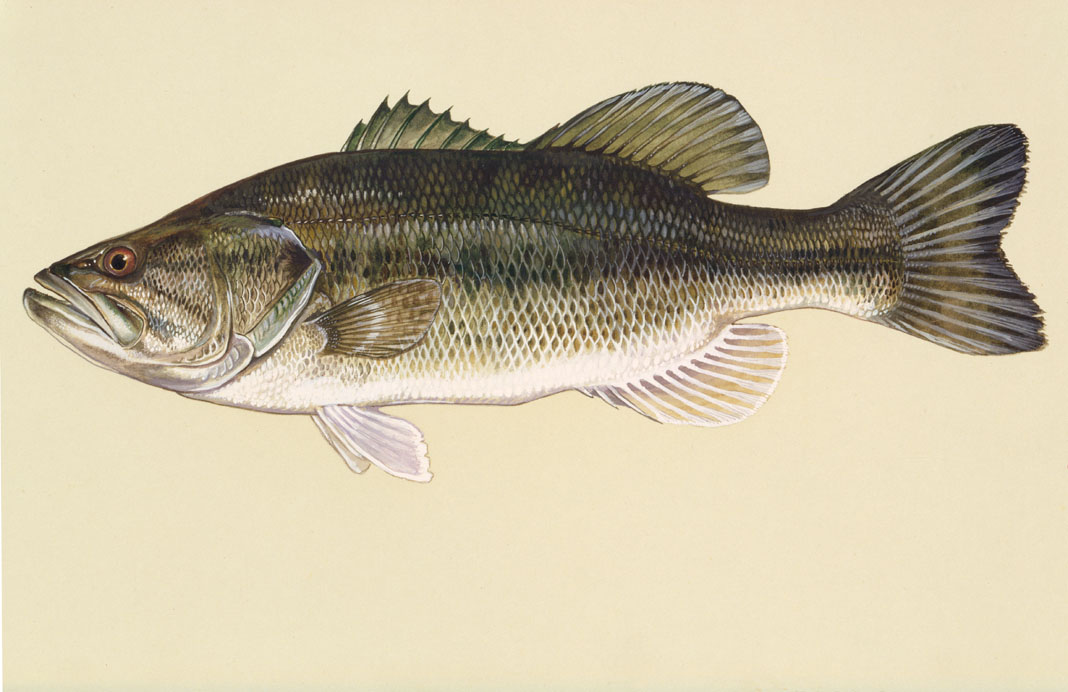
- Water Type: freshwater
- Latin Name: Labrus salmoides
- Common Names: Black Bass, Big Mouth, Bucket Mouth, moss Back, Larry Lunker, Green Back, largie, hawg, ditch pickle
- Water Temp: 52-80 degrees F
- World Record: George Perry 1932, 22.4lbs, Montgomery Lake, Georgia
- Last Modified By: crnkbaitguy74 on 09/20/23 05:37 PM
- Ask about Largemouth Bass in our forum
Photos
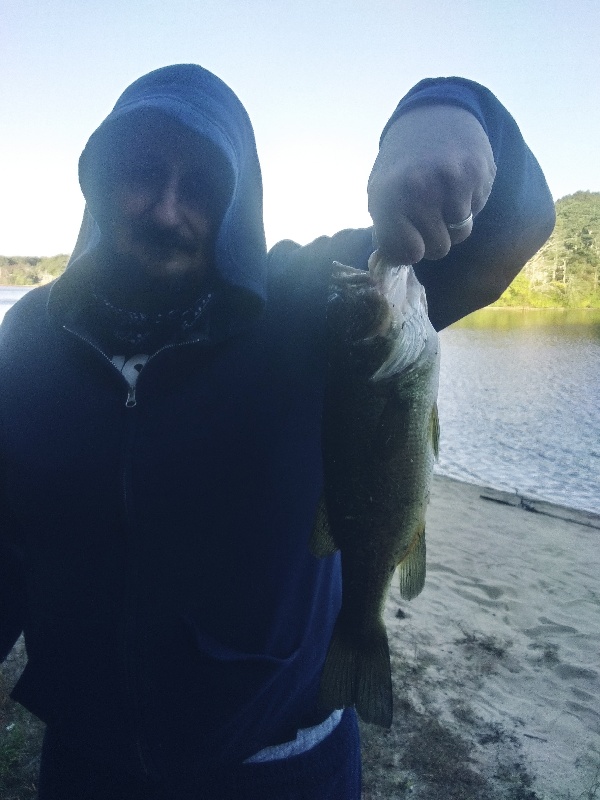
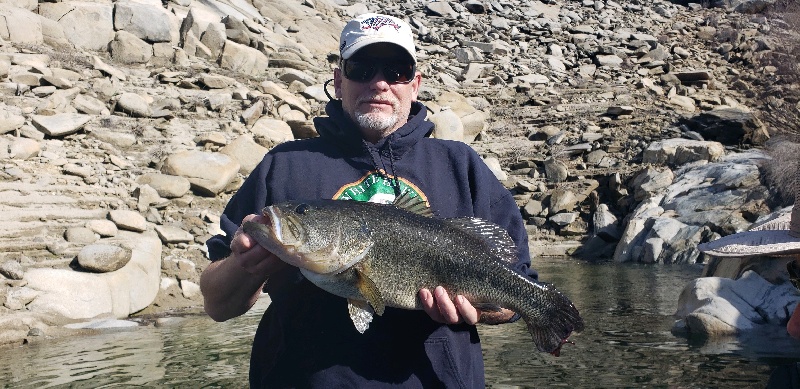
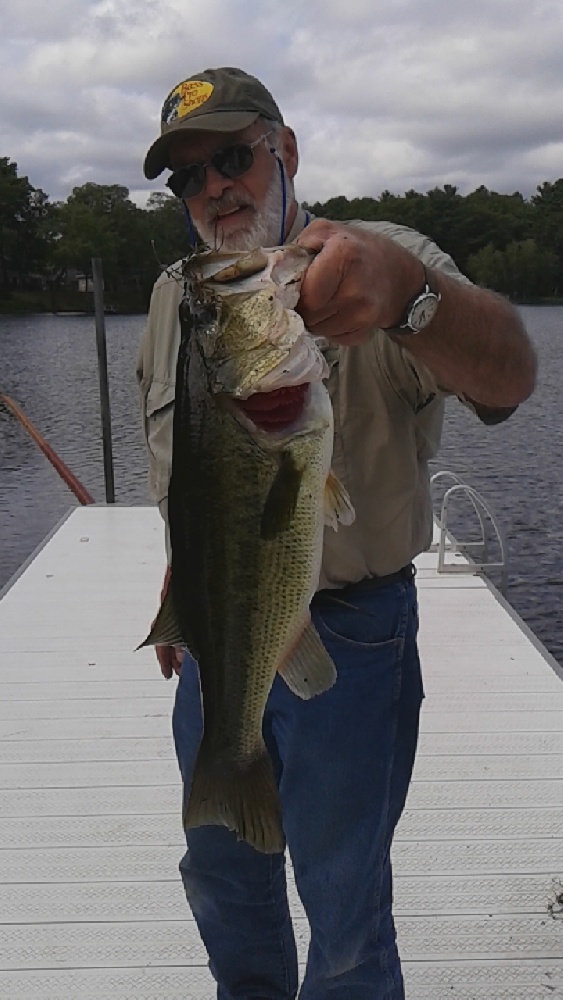

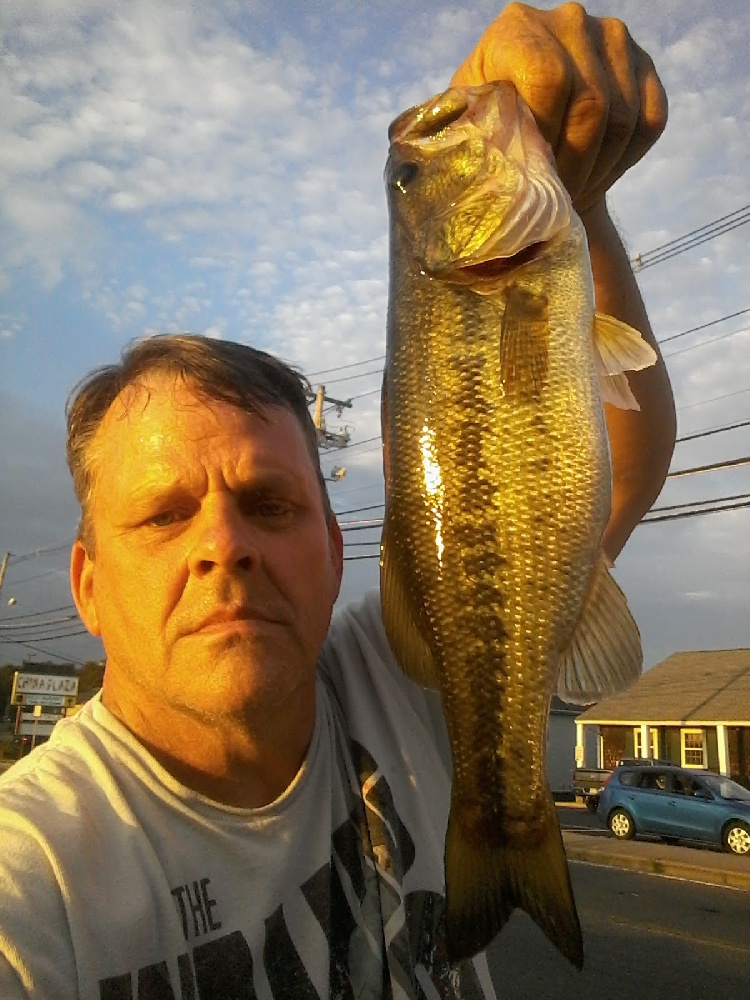
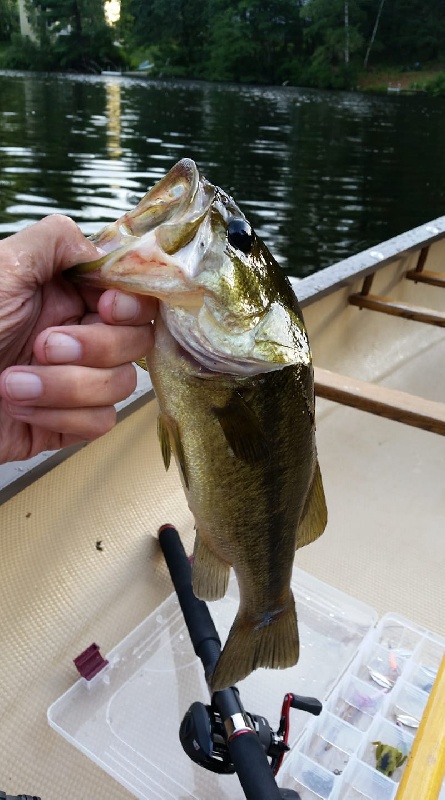
Baits and Tackle for Largemouth Bass
Live Baits Check Prices
- Chub
- CASTING SPOON WITH GREEN GRUB
Other Check Prices
- Gary Yamamoto
Crankbait Check Prices
- multi-colored deep diving crankbait
- crankbait shallow runner shad
Topwater Bait Check Prices
- TOPWATER SPINNERBAIT
- TOPWATER SILVER BLACK W/ WHITE TAIL !!
- TOPWATER
- TOPWATER POPPER SHAD
- RAPALA POPPER BLACK & SILVER RED FEATHER HOOK !!!
- RAPLA TOPWATER BLACK & SILVER
- REPELA TOPWATER BLACK & SILVER FEATHER HOOK
- CHUG BUG & SPINNERBAIT
- STILLWATER LURE
- Chug Bug
- STILL WATER TOPWATER POPPER
- STILL WATER TOPWATER POPPER
- STILL WATER TOP WATER
- RAPALA TOPWATER POPPER SLIVER & BLACK !!
- RAPALA TOPWATER POPPER
- STILLWATER TOPWATER
- POPPER SILVER & BLACK
- POPPER
- BLACK & SILVER POPPER
Largemouth Bass Description
The Largemouth bass, also called Black bass, is a highly valued game fish. Largemouth bass are found in North America, from the St. Lawrence - Great Lakes, Hudson Bay (Red River), and Mississippi River basins; Atlantic drainages from North Carolina to Florida; and to northern Mexico. The species has been introduced widely as a game fish and is now cosmopolitan. Several countries report adverse ecological impact after introduction.
It thrives best in warm, shallow, weedy, mud bottomed lakes, ponds and sluggish streams. It is a solitary fish and spends most of it's time lurking among aquatic vegetation or under overhanging banks and structures such as logs, ledges and wharves, waiting for it's prey to swim by. Beaver dams and dens are especially productive when current is also present. Largemouth Bass seldom move into open water, usually keeping to deeper water during the winter where it seeks shelter near the bottom. It remains more active than the Smallmouth and is occasionally taken through the ice. While a good eating fish, it sometimes has a weedy flavor, especially during the summer months.
The Largemouth Bass will eat almost anything it can catch including insects, fish, crawfish, frogs, snails, mice, lizards, snakes, birds, and other fish. Lures that imitate this forage are the most productive, especially in clear water. Fishing open spaces among lily pads, around stumps and sunken logs or among overhangs is most effective. Bass tend to roam during cloudy pre frountal conditions and feed, while post frontal conditions with bluebird skys position them tight to cover. Most feeding occurs in early morning and evening. A 4-5 pound fish is considered large in RI waters, although 7-8 pound fish are occasionally taken. The RI state record is 10 pounds 6 ounces taken from Carbuncle Pond in Coventry RI back in May of 1991.